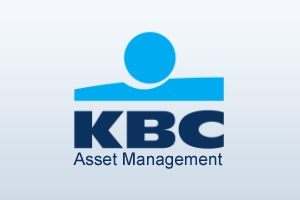 The Canadian economy continued to grow at a modest rate during the financial year, underpinned by ongoing strong domestic demand and a robust property market. There was, however, no sign of inflationary pressure. In these circumstances, the central bank held its key rate steady at 1%. This
The Canadian economy continued to grow at a modest rate during the financial year, underpinned by ongoing strong domestic demand and a robust property market. There was, however, no sign of inflationary pressure. In these circumstances, the central bank held its key rate steady at 1%. Thiscaused the two-year rate to move sideways around the 1.1% mark, while the 10-year rate rose from 1.7% to 2.55% in the course of the financial year, partly due to a possible change in US monetary policy. The rising rate had a negative impact on the fund’s price. On top of this, European investors had to contend with the depreciation of the CAD against the EUR (almost 10%). As for the coming financial year, we expect the central bank to await a recovery in the US before raising its key rate any further. The possible change in US monetary policy could also push up the Canadian long rate further, which would have a negative impact on the fund.




